3D printing has opened up exciting possibilities for individuals and businesses to bring their ideas to life. However, before diving into 3D printing, it is crucial to understand the associated costs.
In this article, we will explore the cost of 3D printing at Staples, factors affecting the overall cost, cost per inch and hour, materials and additional expenses, budget considerations for commercial projects, Staples printing services, the growing 3D printing industry, and advancements in additive manufacturing (AM).
The Cost of 3D Printing at Staples
Variation in cost depending on printer and object size
When utilizing 3D printing services at Staples, the price can vary depending on the type of printer used and the size of the object being printed. Different printers have different capabilities and cost structures, which can affect the overall price.
Estimated cost range: $50 to $200 for most projects
For most projects, the estimated cost of 3D printing at Staples falls within the scope of $50 to $200. This estimate includes the cost of materials, labor, and post-processing but may vary based on the complexity and size of the object.
Unlimited printing option for a fee
Staples also offers an unlimited 3D printing option for a fee. This option allows customers to print multiple objects within a specified timeframe for a set price. It can be cost-effective for individuals or businesses with frequent printing needs.

Table 1: Cost Range for 3D Printing at Staples
| Object Size | Estimated Cost Range |
| Small | $50 – $100 |
| Medium | $100 – $150 |
| Large | $150 – $200 |
Factors Affecting the Cost of 3D Printing
Price of the printer and filaments
The initial cost of the 3D printer and the ongoing cost of filaments play a significant role in determining the overall cost of 3D printing.
When considering the price of the printer, factors such as the brand, model, and specifications come into play. Higher-quality printers with advanced features and capabilities often incur a higher upfront cost. The cost of filaments should also be considered, as they are the consumables used in the printing process.
Different filaments, such as PLA, ABS, PETG, and more, vary in price depending on their quality, availability, and properties. Specialized filaments with unique characteristics like flexibility, heat resistance, or conductivity are more expensive than standard filaments.
Time required to print the object
The time required to print an object directly impacts the cost of 3D printing. Longer print times increase labor costs and may require additional materials or maintenance during printing.
The print time depends on various factors, including the complexity and size of the object, the layer height and resolution settings, and the printer’s speed. Things with intricate designs or large dimensions often require more time to print, thereby adding to the overall cost.

Types of materials used and their properties
The choice of materials for 3D printing can significantly affect the cost. Different materials have varying prices per unit volume or weight. Primary thermoplastic filaments such as PLA (Polylactic Acid) and ABS (Acrylonitrile Butadiene Styrene) are generally more affordable and widely available.
However, specialty filaments with unique properties, such as nylon, carbon fiber-infused, or metal filaments, tend to be more expensive due to their specific composition and manufacturing processes.
Moreover, the desired properties of the printed object, such as flexibility, strength, heat resistance, or transparency, can also influence the material selection and associated costs.
Additional labor and post-processing costs
Beyond the actual printing process, additional labor and post-processing requirements can contribute to the overall cost of 3D printing.
These additional steps may include removing support structures, sanding the printed object to achieve a smoother surface finish, applying paint or coatings, and performing assembly or finishing touches.
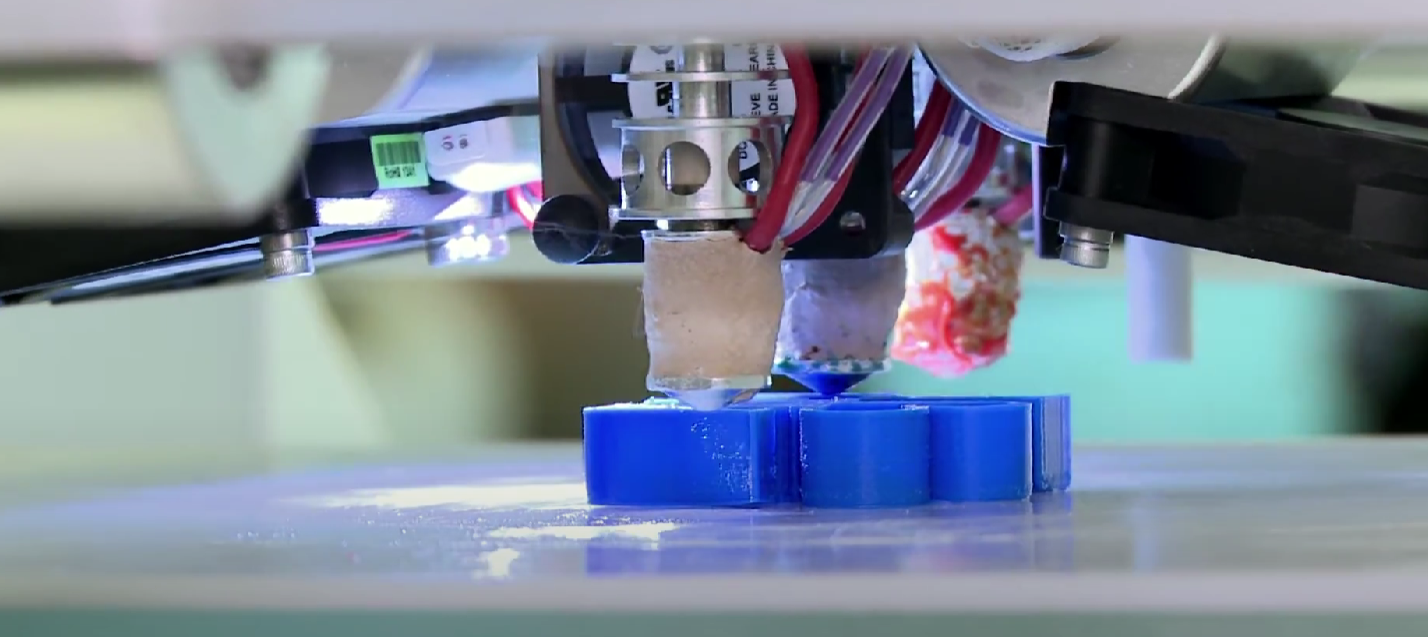
The labor involved in these tasks adds to the overall production time and cost. Moreover, post-processing may require additional resources such as tools, equipment, or chemicals, which can further impact the expenses of 3D printing.
The complexity and size of the object, as well as the desired level of quality and finishing, influence the extent of post-processing required and, consequently, the overall cost.
Exploring the Cost per Inch & Per Hour
Cost per cubic inch of thermoplastic filament
One way to estimate the cost of 3D printing is by considering the cost per cubic inch of the thermoplastic filament. The cost of filament can vary based on the brand, type, and quantity purchased.
Table 2: Cost per Cubic Inch of Thermoplastic Filament
| Filament Type | Cost per Cubic Inch |
| PLA | $0.10 – $0.20 |
| ABS | $0.15 – $0.25 |
| PETG | $0.20 – $0.30 |
| Nylon | $0.30 – $0.40 |
Average cost per hour of 3D printing, including nozzle size, layer height, and maintenance
Another way to assess the cost is by considering the average price per hour of 3D printing. This estimate assumes the printer’s nozzle size, layer height, and maintenance costs.
Table 3: Average Cost per Hour of 3D Printing
| Nozzle Size | Layer Height | Average Cost per Hour |
| 0.4mm | 0.2mm | $5 – $10 |
| 0.6mm | 0.3mm | $8 – $15 |
| 0.8mm | 0.4mm | $12 – $20 |
3D Printing Materials and Additional Costs
Filament and resin as common materials
Filament and resin are the two most commonly used materials in 3D printing. The filament is used mainly in filament-based 3D printers, while the resin is used in resin-based printers such as SLA (Stereolithography) or DLP (Digital Light Processing) [1] printers.

Cost of filament and resin per kilogram
The cost of filament and resin can vary based on the type, brand, and quality. As a rough estimate, filament typically ranges from $20 to $50 per kilogram, while resin can range from $40 to $100 per kilogram.
Table 4: Cost of Filament and Resin per Kilogram
| Material | Cost per Kilogram |
| PLA | $20 – $30 |
| ABS | $25 – $40 |
| PETG | $30 – $45 |
| Nylon | $40 – $50 |
| Resin | $40 – $100 |
Other expenses such as glue, sandpaper, primer, paints, and tools
In addition to the materials themselves, additional fees may arise during the 3D printing process. These include costs for adhesive glue, sandpaper for post-processing, primer and paints for finishing touches, and tools for support removal and assembly.
Table 5: Additional Expenses for 3D Printing
| Expense | Estimated Cost |
| Adhesive Glue | $5 – $10 |
| Sandpaper | $2 – $5 |
| Primer and Paints | $10 – $20 |
| Tools | $10 – $30 |
Commercial Printing and Budget Considerations
Considering printer cost, materials, and labor for commercial projects
Regarding commercial 3D printing projects, additional factors come into play when considering the price. In addition to the factors mentioned earlier, such as the upfront cost of the printer and the ongoing cost of filaments, commercial projects may require higher-end printers with advanced features and capabilities.
These printers often come with a higher price tag but offer superior performance and precision, making them suitable for meeting the demands of commercial production.
Furthermore, specialized materials tailored to specific applications may be necessary for commercial projects. These materials could include engineering-grade thermoplastics, bio-compatible or medical-grade materials, high-temperature filaments, or even conductive or transparent materials.
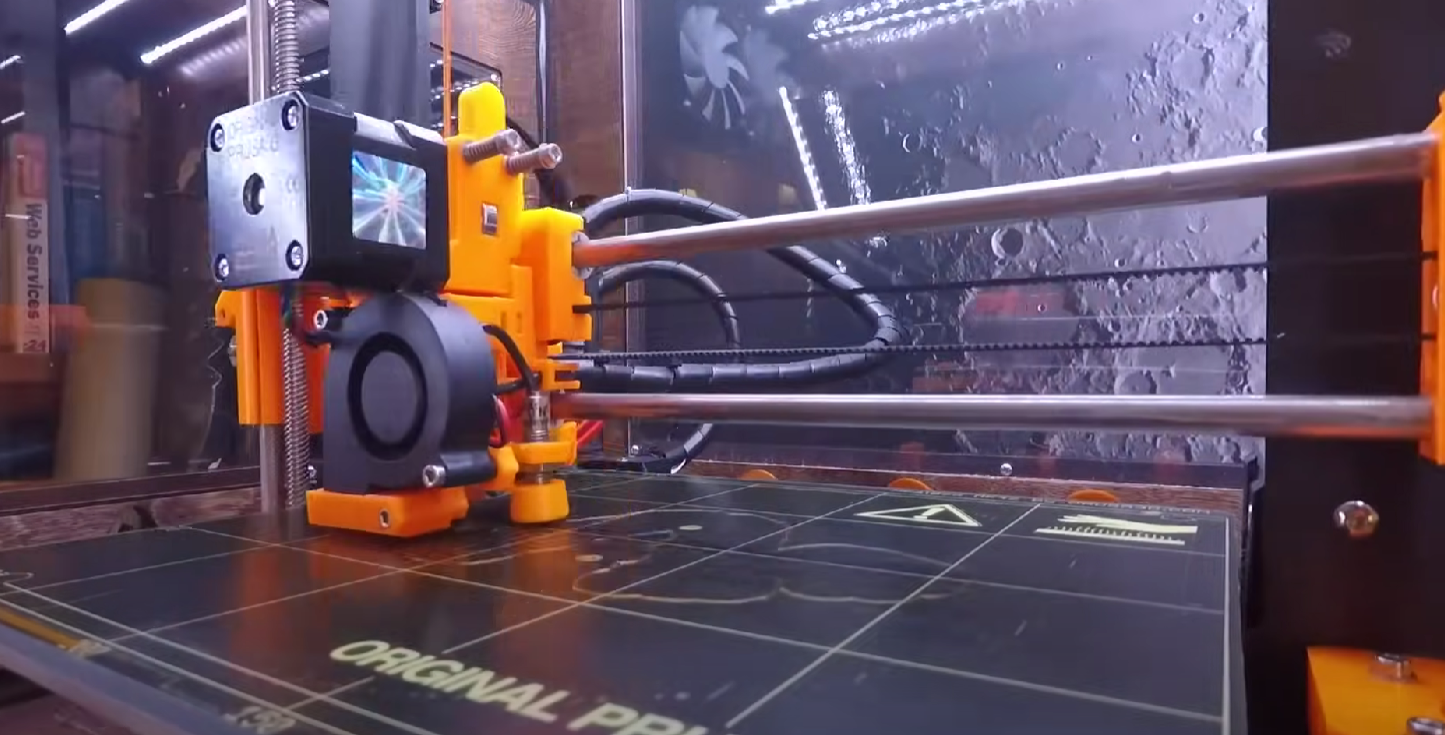
Flexibility and control offered by 3D printing services
One of the advantages of utilizing 3D printing for commercial projects is the flexibility and control it provides. Unlike traditional manufacturing methods, often involving expensive tooling or molds, 3D printing allows for on-demand production with minimal setup costs.
Companies can customize designs and quickly produce prototypes, allowing for iterative design processes and rapid product development cycles.
The flexibility of 3D printing also extends to design modifications. If changes are needed during the production phase, adjustments can be made quickly without incurring significant additional costs.
Varied pricing based on printer model, material, and project complexity
When budgeting for commercial 3D printing endeavors, it is crucial to consider the different pricing based on several factors. The choice of printer model plays a significant role in determining the cost.
Higher-end printers with advanced features and larger build volumes generally come with higher price points but offer enhanced capabilities and precision.
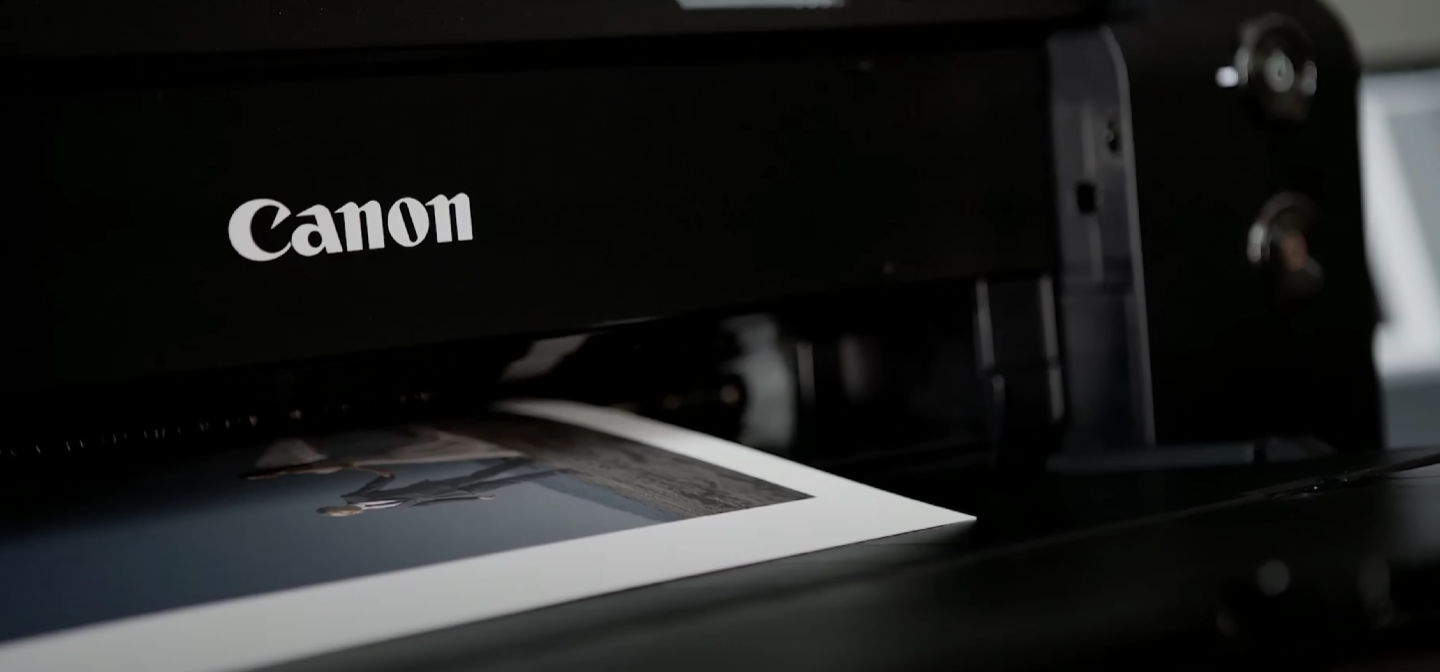
The selection of a printer that aligns with the specific requirements of the commercial project is essential to ensure optimal performance and cost-efficiency.
Additionally, the choice of materials can significantly impact the pricing for commercial 3D printing. Specialized materials with unique properties or certifications, such as flame retardancy, biocompatibility, or chemical resistance, tend to be more expensive than standard filaments.
The selection of materials should align with the functional and aesthetic requirements of the final product while also considering the project’s budgetary constraints. Furthermore, the complexity of the project and the desired level of detail can influence the pricing.
Table 6: Example Commercial 3D Printing Costs
| Printer Model | Material | Project Complexity | Estimated Cost |
| MakerBot Method | PLA | Low | $200 – $300 |
| Formlabs Form 3 | Resin | Medium | $500 – $800 |
| Stratasys F370 | ABS | High | $1,000 – $1,500 |
3D Printing and the Future of Manufacturing
Distinctions between traditional printing and 3D printing
3D printing, or additive manufacturing, differs from conventional printing methods in building objects layer by layer from digital designs. This process enables greater design freedom, faster prototyping, and the ability to create complex geometries that would be challenging with traditional methods.
Versatility and potential of 3D printing technology
The versatility of 3D printing technology allows for a wide range of applications across various industries. It has been used in healthcare for creating customized medical implants, in the automotive sector for rapid prototyping and production of spare parts, and in aerospace for lightweight component manufacturing.
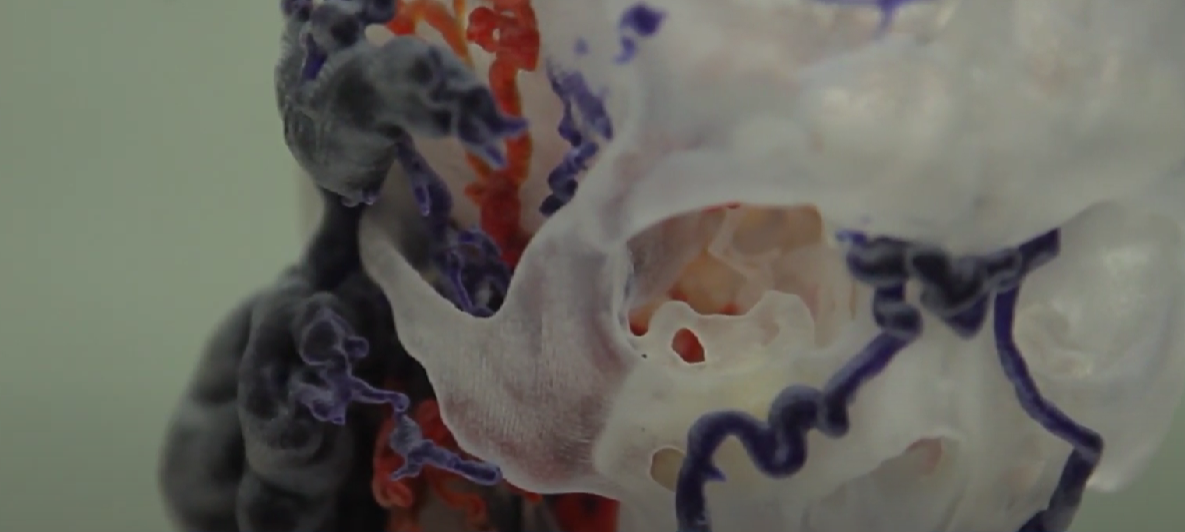
Potential Impact on manufacturing processes and Possibilities
3D printing can disrupt traditional manufacturing processes by reducing lead times, minimizing material waste, and enabling decentralized production. It offers opportunities for on-demand manufacturing, mass customization, and the democratization of product development.
Staples Printing Services
Quick and convenient printing options at Staples
Staples provides quick and convenient 3D printing services for customers. With their printing capabilities and expertise, individuals and businesses can bring their 3D designs to life without investing in their printers.
Color printing, black and white printing, and large-format printing
Staples offers a range of printing options, including color printing for vibrant and visually appealing designs, black and white printing for cost-effective solutions, and large format printing for large projects that require high-quality output.
Printing from various sources, both online and in-store
Staples allows customers to print their 3D designs from multiple sources, whether uploading files online or visiting a physical store location. This flexibility ensures easy accessibility and seamless integration into the printing process.
The Growing 3D Printing Industry
Diverse applications in sectors like medicine, automotive, and aerospace
The 3D printing industry is experiencing rapid growth and finding applications in various sectors. It has been used in treatment for creating prosthetics, dental implants, and surgical models. The automotive industry benefits from rapid prototyping and custom parts production, while aerospace embraces lightweight and complex geometries for components.
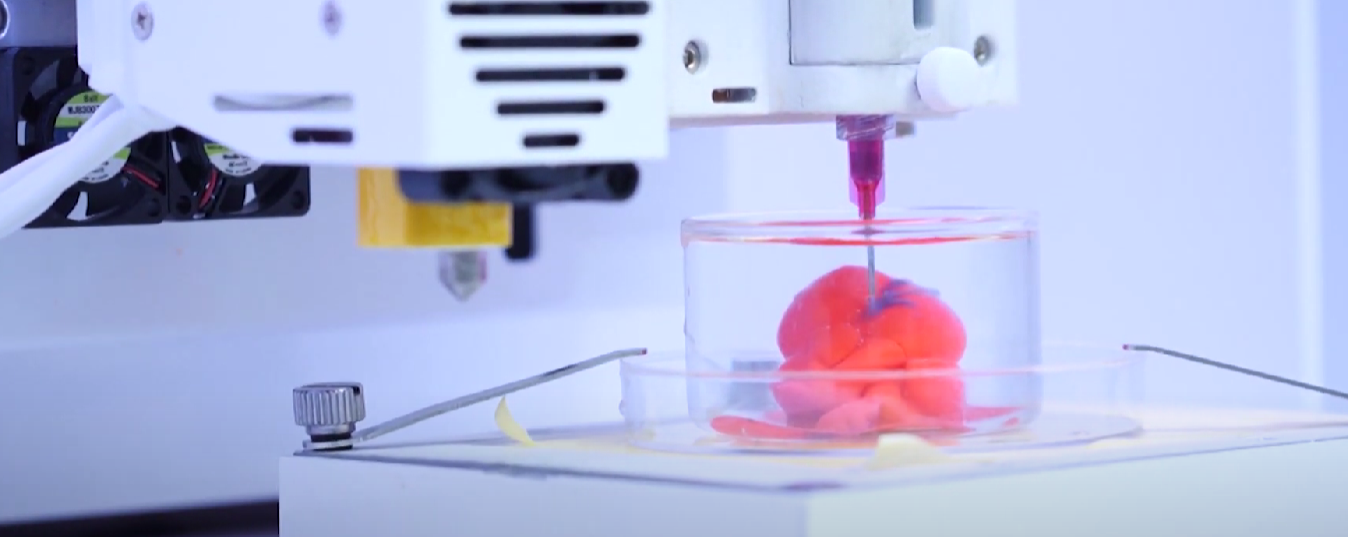
Decreasing costs of 3D printers and availability of printing materials
Over time, the price of 3D printers has reduced, making them more accessible to a broader audience. Additionally, there has been an expansion in the availability of printing materials, including various filaments and resins, catering to different needs and applications.
Advancements in industrial and professional 3D printing capabilities
The industrial and professional 3D printing sector has seen significant improvements, with higher precision, faster printing speeds, and the ability to use advanced materials. These advancements open up possibilities for complex manufacturing processes and high-quality output.
Educational institutions adapting to the growth of 3D printing
Educational institutions have recognized the importance of 3D printing and are integrating it into their curricula. Introducing students to this technology prepares the next generation of designers, engineers, and innovators who can leverage the benefits of 3D printing.
Advancements in Additive Manufacturing (AM)
1. AM is a process of creating products from digital data
Additive Manufacturing (AM), also known as 3D printing, creates physical objects layer by layer from digital designs. It enables the production of complex and customized products without traditional manufacturing methods.
2. Decreasing costs and advancements in AM technologies
The price of AM has reduced over the years, making it more accessible to individuals and businesses. Furthermore, advances in AM technologies have resulted in improved printing speeds, higher resolution, and the ability to work with a broader range of materials.
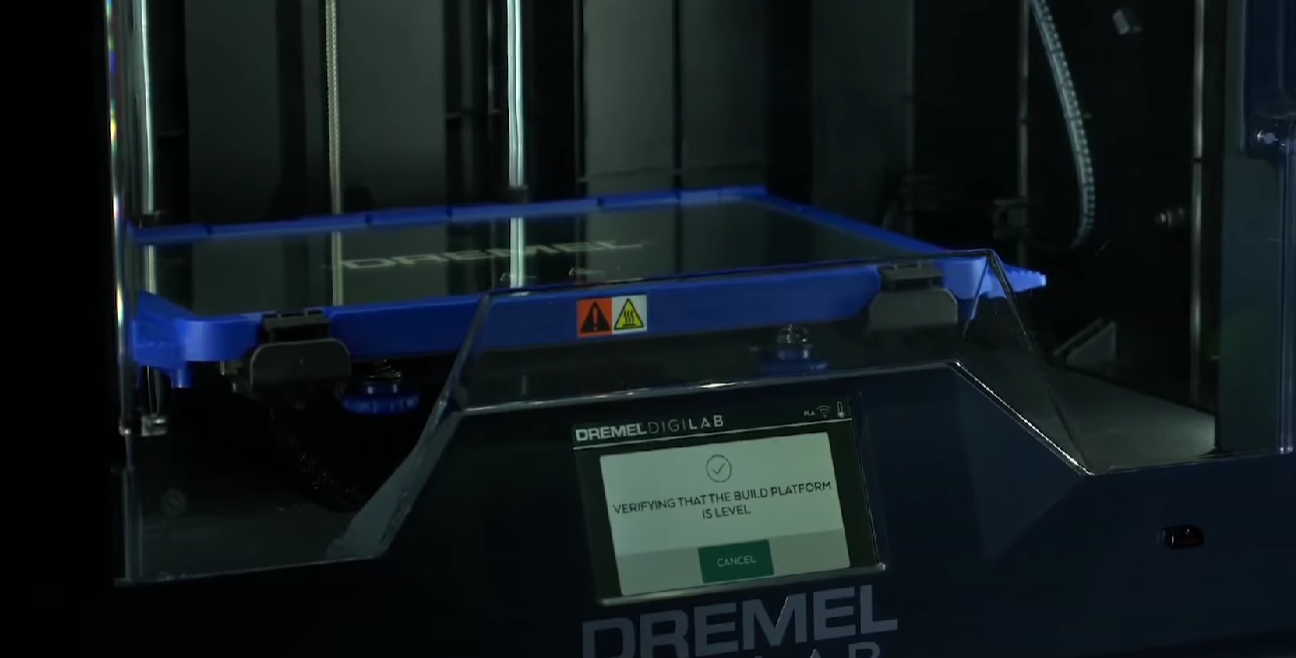
3. Potential for mass production and impact on large-scale manufacturing
While AM has traditionally been used for prototyping and low-volume production, advancements are paving the way for mass production capabilities. This shift can disrupt traditional large-scale manufacturing processes by offering greater design flexibility, reduced material waste, and faster production times.
4. Continued innovation to improve the speed and cost-effectiveness of AM
The field of AM continues to evolve, with ongoing innovation aimed at improving the speed and cost-effectiveness of the technology. It includes developments in faster printing methods, more efficient material usage, and exploring new printing techniques.
Conclusion
Understanding the cost of 3D printing is essential for individuals and businesses looking to leverage this technology. Factors such as printer and material costs, print time, and additional expenses impact the overall cost. Staples provides convenient 3D printing services with estimated costs ranging from $50 to $200 for most projects.
By considering the costs and advancements in 3D printing, individuals and businesses can make informed decisions and unlock the potential of this innovative technology.

